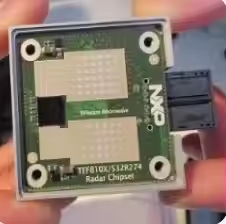millimeter wave 5g
Millimeter wave 5G represents the cutting-edge evolution in wireless communication technology, operating on high-frequency bands between 24GHz and 100GHz. This advanced technology delivers unprecedented data speeds, minimal latency, and exceptional network capacity. The system works by utilizing small wavelengths in the millimeter range, enabling the transmission of massive amounts of data at speeds up to 20 times faster than previous generations. These high-frequency waves, though shorter in range, can be precisely directed through beamforming technology, creating focused connections between devices and cell towers. The technology incorporates massive MIMO (Multiple Input Multiple Output) systems, which use numerous antennas to improve signal quality and network efficiency. In urban environments, millimeter wave 5G excels at providing ultra-high-speed connectivity for densely populated areas, supporting applications like 4K/8K video streaming, augmented reality experiences, and industrial automation. The technology's architecture includes small cell deployment strategies, advanced signal processing algorithms, and sophisticated beam tracking mechanisms to maintain reliable connections. This infrastructure enables transformative applications in smart cities, autonomous vehicles, remote healthcare, and next-generation entertainment systems.


